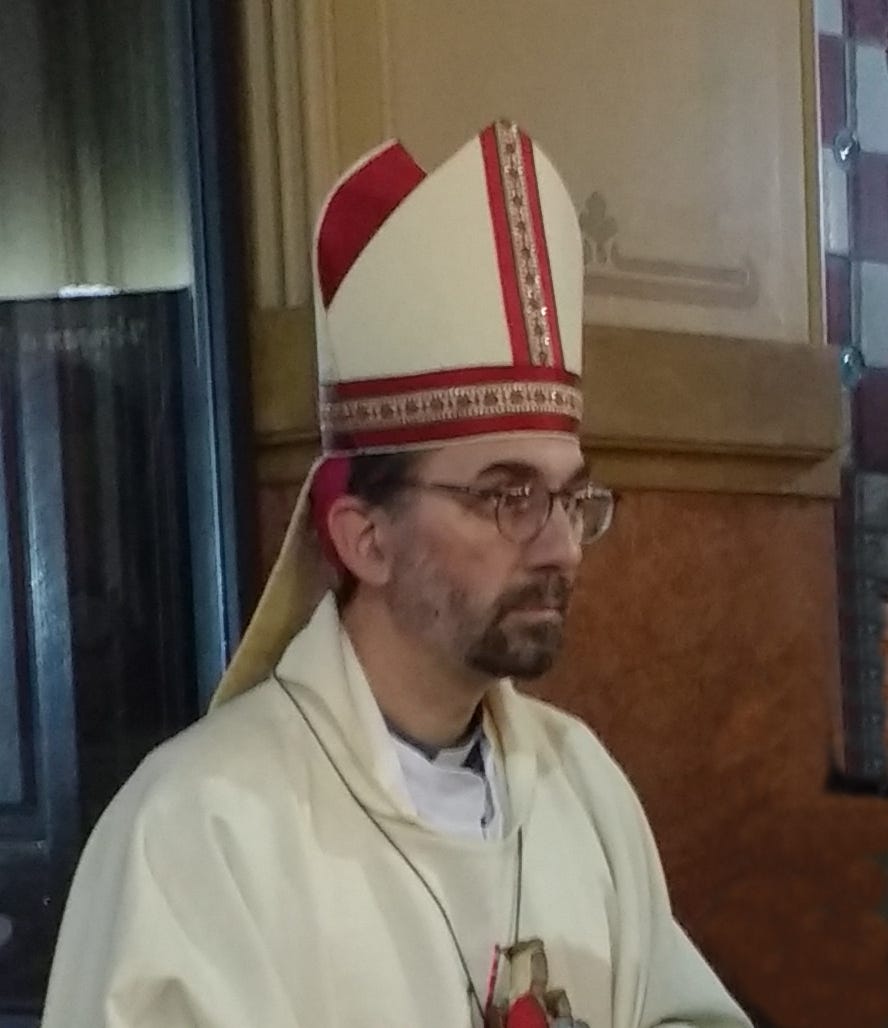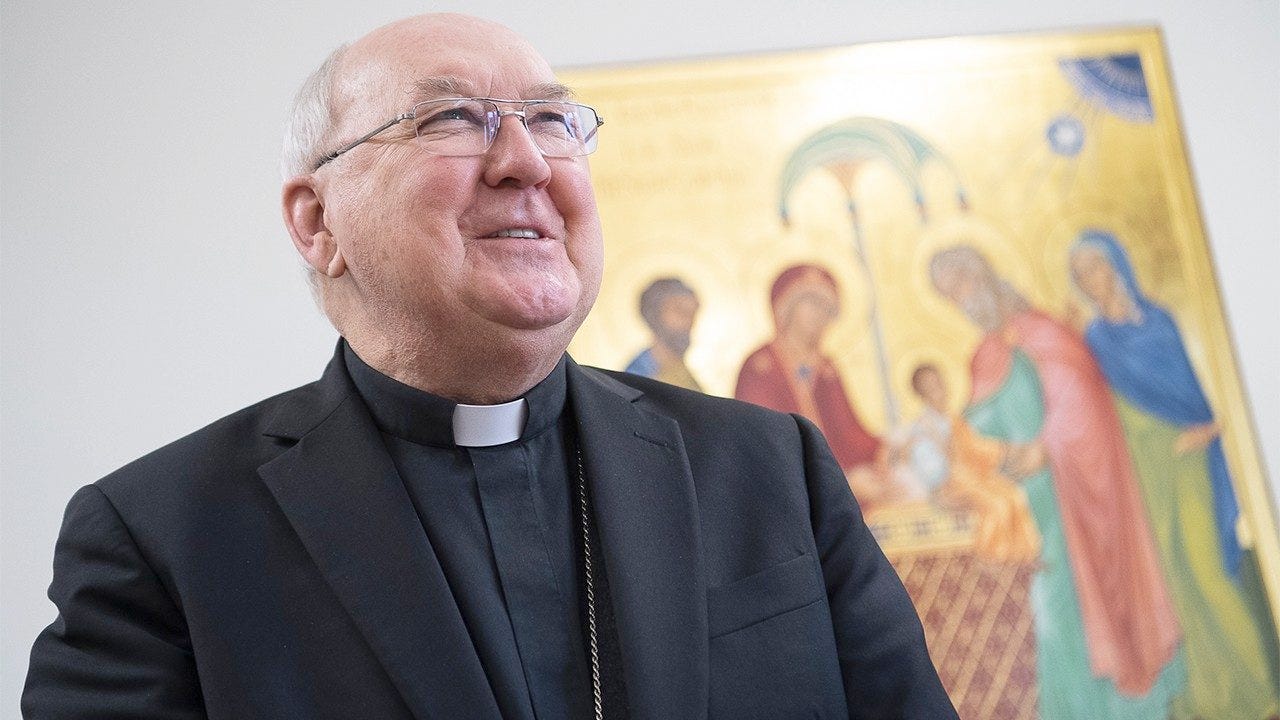As the Russian invasion of Ukraine stretches into its third week, the number of people fleeing Ukraine has reached more than 2.5 million, with some experts predicting that more than 4 million people may ultimately be displaced by the violence.
Poland alone has received more than 1.5 million refugees since the invasion began, according to the United Nations, while Hungary has received nearly a quarter of a million and Slovakia has accepted almost 200,000.
In some ways, this exodus of refugees is unique, while in other ways, it mirrors the plight of refugees across the globe, said Megan Gilbert, Catholic Relief Services’ communications officer for the Middle East, Europe and Central Asia.
“According to the UN, it’s the fastest exodus of refugees in Europe since World War II, so it is highly unusual,” Gilbert told The Pillar. “We are already seeing some crisis centers at capacity, so we are working on expanding our shelters. Many people are stopping temporarily in border countries, but then they move on to other countries in Europe.”
But despite this massive influx of refugees, no refugee camps have been established. Instead, Europeans have brought the refugees into their homes.
“I really don’t know how many Europeans are welcoming Ukrainians into their homes who are complete strangers,” Gilbert noted. “[I]n many instances, [they are] extended friends and family.”
She added that this type of generosity has been seen in other conflicts in the past, so it is not unprecedented.
Still, Gilbert cautioned, this does not guarantee that every refugee who leaves Ukraine will be welcomed into a home.
“When there is conflict, typically the people who leave first are the people with means - so they have friends and family to go to, or they have the financial resources to rent,” she said.
Later waves of refugees may include more people who do not have connections or resources to provide them with a place to stay.
“We are still in the very early stages of this refugee crisis, so it is possible that we will see refugee camps established at some point,” Gilbert said.
“That being said, we know that refugee camps and people sleeping on cots in large auditoriums is not an ideal solution for people who are displaced,” she continued.
“Our goal is to create safe, dignified homes for people who have lost their home because of conflict or natural disasters. That means privacy, a place to cook, a place to be together as a family.”
She pointed to the work that CRS has done in Greece to modify abandoned buildings into homes for refugees and to encourage landlords to rent to refugees. The agency will pursue similar options for those who have fled Ukraine, she said. Catholic Relief Services is also working with its Caritas partners to meet the immediate needs of those in reception centers in Ukraine and nearby countries.
Another unusual aspect of the Ukrainian refugee crisis is the global awareness it has attracted, Gilbert said.
“The whole world seems to have its attention on this crisis, which is not always the case in other conflict and refugee situations.”
While the crisis in Ukraine is dominating headlines, there are currently more than 26 million refugees globally, in addition to more than 50 million internally displaced people. That makes about 1 out of every 100 people in the world currently forced out of their homes.
In many ways, the plight of the Ukrainian refugees is similar to that of millions of other people who have been forced from their homes across the globe, Gilbert said.
“Sadly, what we are seeing is all too familiar,” she said. “People fleeing the violence in Ukraine are in extremely vulnerable situations. Families are separated. People are faced with the difficult decisions of where to go, what to do, who to trust. They often have to make those decisions without their spouses by their sides. They have lost their safety nets. They have no idea how long this will last, when they can go back to their homes, if they can go back.”
She recounted the story of one refugee, Mahamudoff Gazym, who crossed the border at Otaci, Moldova, where he is living with his wife and three grandchildren in their car.
Mahamudoff said the family has no concrete plans, and he does not know how to answer his grandchildren when they ask him where the bombing noises are coming from, and how long they will have to sleep in the car.
“I am a refugee from Azerbejan to Ukraine. Now I am a refugee again, but where to? I don’t know,” he said.
The images and stories of suffering coming out of Ukraine are heartbreaking, and they have created a groundswell of support, which will be critical in helping the refugees to survive, Gilbert said.
“Refugees are arriving in the cold winter temperatures on foot and by car. Exhausted mothers, grandmothers and children crowd the streets, dragging their suitcases. Because of the restrictions on men of a certain age leaving Ukraine, many families are separated. They need shelter, a hot meal, warm clothes and information on what to do next.”
For many of these people, the next steps will unfold over years - not weeks or months. Many people do not realize that refugees are often unable to return to their homes for years, Gilbert said.
“In fact, according to the World Bank, on average, 75% of the world’s refugees become displaced for more than 5 years,” she said. “We see that with refugees from the Syrian war, and with refugees who have fled countries like South Sudan and Yemen…Given the protracted nature of many of the world’s conflicts, most refugees will need short and long-term support to survive.”




